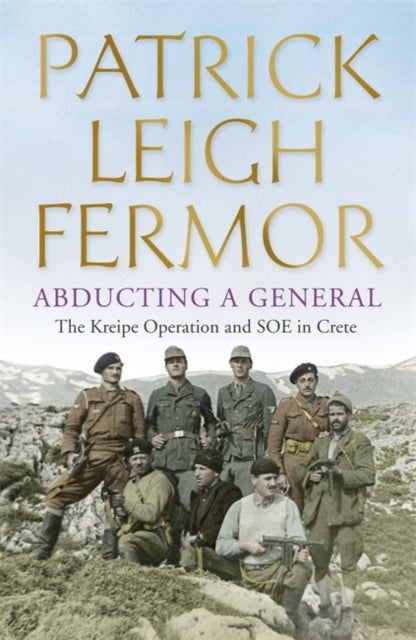
Alternative Planning History and Theory
1629,-
<P>This book includes twelve newly commissioned and carefully curated chapters each of which presents an alternative planning history and theory written from the perspective of groups that have been historically marginalized or neglected.</P><P></P><P>In teaching planning history and theory, many planning programs tend to follow the planning cannon - a normative perspective that mostly accounts for the experience of white, Anglo, Christian, middle class, middle aged, heterosexual, able-bodied, men. This book takes a unique approach. It provides alternative planning history and theory timelines for each of the following groups: women, the poor, LGBTQ+ communities, people with disabilities, older adults, children, religious minorities, people of color, migrants, Indigenous people, and colonized peoples (in South Asia and Sub-Saharan Anglophone Africa). To allow for easy cross-comparison, chapters follow a similar chronological structure, which extends from the late 19th century into the








